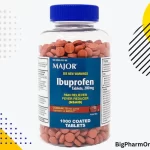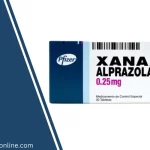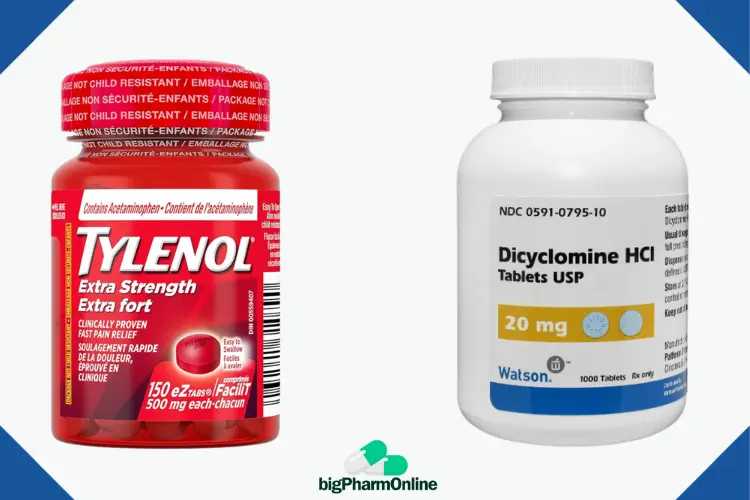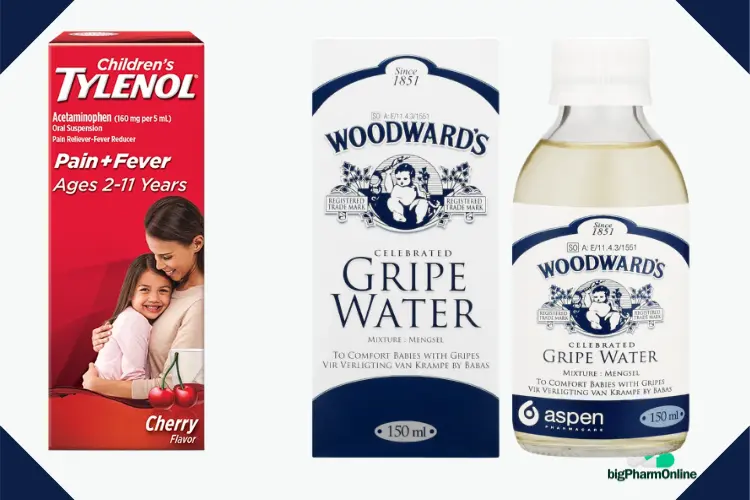Do Dermatologists Prescribe Finasteride?

Losing one’s hair, especially at a very young age can be quite embarrassing, and could take a toll on one’s self-esteem. But thanks to pharmaceutical research and the insatiable quest to find solutions to the various health problems affecting mankind, remedies have been found.
Finasteride has been helping men with androgenetic alopecia or male pattern hair loss to regrow their hair since its approval in 1997. However, it is not available over-the-counter. As such, you need a prescription from a qualified health professional to buy it.
This article will let you know if a dermatologist can prescribe finasteride for hair loss.
Key points
- Dermatologists are qualified to prescribe finasteride for hair loss treatment in both men and women, as hair conditions fall under their medical expertise.
- Before prescribing finasteride, a dermatologist may assess the patient’s hair loss pattern, the extent of thinning, health history, etc. to determine if it’s suitable.
- Oral finasteride is FDA-approved for hair loss while topical versions are still undergoing more research, but both require a prescription.
- It can take 6-12 months of consistent finasteride use to see significant hair regrowth results. The medication must be taken long-term to maintain benefits.
A dermatologist is a medical doctor who specializes in the diagnosis, prevention, and treatment of diseases affecting the skin, hair, and nails. They are trained to address a wide range of dermatological issues such as skin diseases, infection, allergies, and even cosmetic issues.
Can a Dermatologist Prescribe Finasteride?
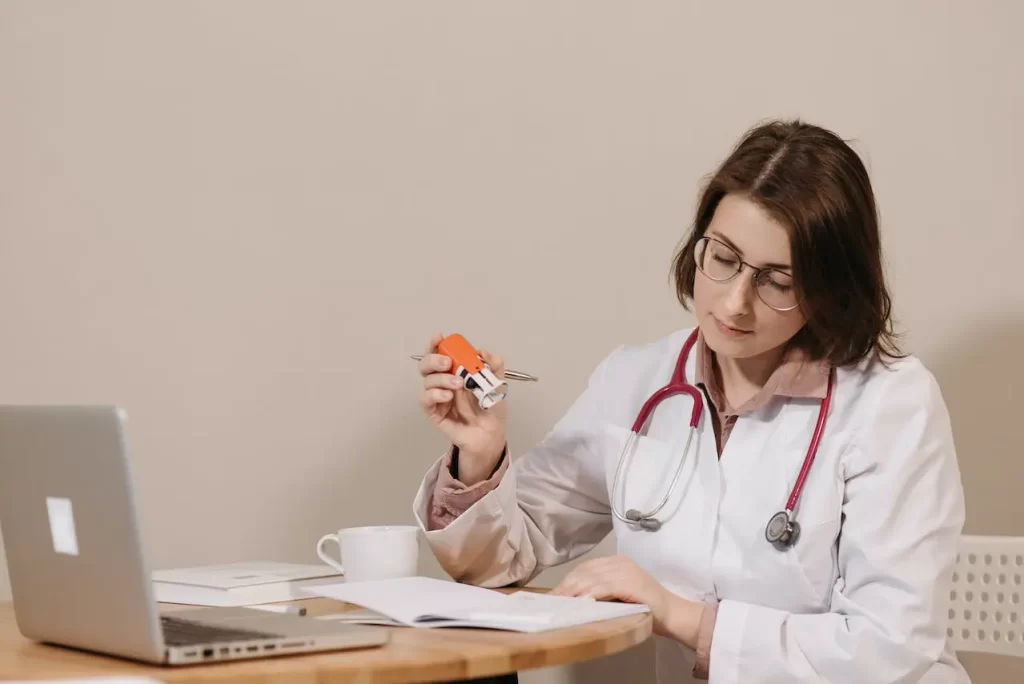
Yes, a dermatologist is qualified to prescribe finasteride for the treatment of hair loss in both men and women. Hair loss falls within the purview of their practice, as dermatologists are trained to handle conditions that affect the skin, hair, and nails.
Before you get prescribed finasteride, your dermatologist might assess you. He’d check to see how fast your hair loss is progressing, the extent of the thinning in your scalp, and the current area of baldness.
He may also ask about your health history, your diet and lifestyle, including the previous or current medications you’re using to manage your hair loss. All these are done to help him decide if finasteride will be the right treatment for you.
If finasteride is perfect for your current state of alopecia, you will get a prescription for it. But if it is not the right drug for you, other treatment options will be suggested for you. Sometimes you may need a combination of finasteride and minoxidil to effectively combat your hair loss.
There are also cases where a hair transplant is considered the best option. Normally, after a transplant, you’ll still be placed on finasteride in order to prevent thinning in non-transplanted areas, and to also support the newly transplanted hair.
What to Know About Finasteride
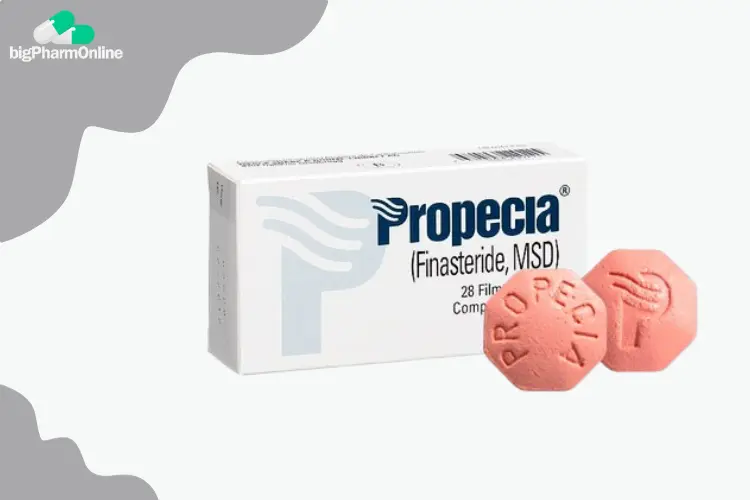
Finasteride is a medication belonging to a drug class called 5-alpha reductase inhibitors. It was approved by the FDA for the treatment of enlarged prostate (benign prostatic hyperplasia) and androgenetic alopecia (male pattern baldness).
It works by inhibiting type II 5-alpha reductase (5-AR) enzymes. 5-AR is responsible for converting testosterone into dihydrotestosterone (DHT). DHT is responsible for male and female pattern baldness.
At puberty, DHT causes the growth of facial, pubic and body hairs in young males. This changes as one advances in age. DHT turns around to cause the shrinking of hair follicles, thereby resulting in the formation of thin and weak hair strands that fall off easily.
Finasteride reduces the amount of DHT in the body. By doing so, it hampers the thinning and balding effect of this hormone on the hair. Finasteride is associated with side effects such as low sex drive and erectile dysfunction. These effects are often temporary and fully reversible upon discontinuing the drug.
Oral finasteride is the only approved dosage form for use in the treatment of hair loss. However, there are also topical finasteride formulations marketed as compounded medications that are just as effective as the oral.
Topical finasteride is believed to have a better side effect profile since it only lowers the DHT in the scalp. It still needs to undergo more clinical studies before being approved by the FDA for official general use.
Just like the oral, topical finasteride also requires a prescription for purchase. Prescriptions can be written by a dermatologist, general practitioner, primary care doctor, family doctor, etc.
Oral finasteride comes as 1 mg and it’s taken once a day for as long as it’s recommended. Usually, it can take between 6 to 12 months of consistent use to see a significant effect.
Final thoughts
Finasteride is an effective remedy for hair loss in both men and women. However, you need a prescription to get it. A prescription can be issued by a dermatologist, family doctor, general practitioner or primary care physician (PCP). It is important that you take finasteride consistently in order to get a better result.
References
- Zito PM, Bistas KG, Syed K. Finasteride. [Updated 2022 Aug 25]. In: StatPearls [Internet]. Treasure Island (FL): StatPearls Publishing; 2023 Jan-. Available from: https://www.ncbi.nlm.nih.gov/books/NBK513329/
- Ho CH, Sood T, Zito PM. Androgenetic Alopecia. [Updated 2022 Oct 16]. In: StatPearls [Internet]. Treasure Island (FL): StatPearls Publishing; 2023 Jan-. Available from: https://www.ncbi.nlm.nih.gov/books/NBK430924/
Was this helpful?
About the Pharmacist
Pharm. John Mark (BPharm) is a licensed pharmacist with over 6 years of experience spanning clinical, community, and hospital pharmacy settings.
His wealth of experience and expertise makes him your knowledgeable and go-to source for all pharmacy and medication-related questions.




